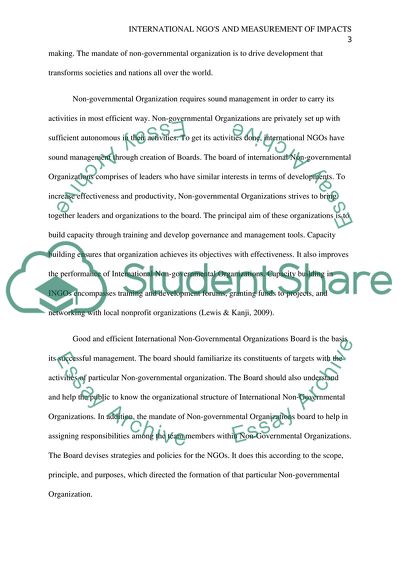Cite this document
(“International NGO's and Measurement of Impacts Research Paper”, n.d.)
International NGO's and Measurement of Impacts Research Paper. Retrieved from https://studentshare.org/politics/1777140-international-ngos-and-how-they-measure-impact
International NGO's and Measurement of Impacts Research Paper. Retrieved from https://studentshare.org/politics/1777140-international-ngos-and-how-they-measure-impact
(International NGO'S and Measurement of Impacts Research Paper)
International NGO'S and Measurement of Impacts Research Paper. https://studentshare.org/politics/1777140-international-ngos-and-how-they-measure-impact.
International NGO'S and Measurement of Impacts Research Paper. https://studentshare.org/politics/1777140-international-ngos-and-how-they-measure-impact.
“International NGO'S and Measurement of Impacts Research Paper”, n.d. https://studentshare.org/politics/1777140-international-ngos-and-how-they-measure-impact.


